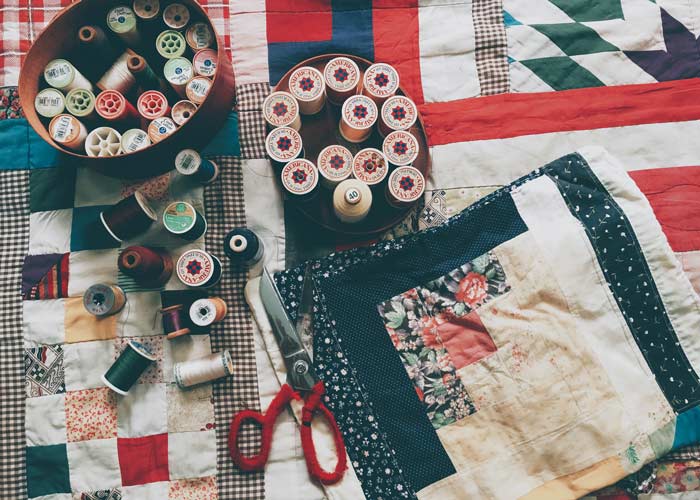
3 Principles & 9R's Of Circular Economy

In Our Current Economy, We Take Materials From The Earth, Make Products From Them, And Eventually Throw Them Away As Waste – The Process Is Linear. Each Year Millions Of Tonnes Of Clothes Are Produced, Worn, And Thrown Away.
To Solve The Problem, We Must Reinvent Fashion Itself. Thus, Today, The Adoption Of The Circular Economy Is A Need Rather Than An Alternative. We Talk About The 9R’s Of A Circular Economy Model That We Can Adopt.
Anuprerna believes that transitioning to a circular economy, where resources are reused, recycled, and regenerated, is not just an alternative but a necessity. By embracing the principles of the circular economy, such as reducing, reusing, and recycling materials, Anuprerna aims to minimize waste, promote sustainable consumption, and foster a more environmentally friendly approach to fashion.
9 R’s Concept
The circular fashion business is defined as a cycle of continuous improvement in which garments are circulated for as long as their highest value is kept, then judiciously released into the landfills when no longer in use. It aims to create a more sustainable and closed-loop system to extend the use time of garments and maintain the value of the products and materials as long as possible.
The core of the circular economy consists of three design-driven principles: eradicating waste and pollution, promoting the circulation of products and materials, and rejuvenating nature.
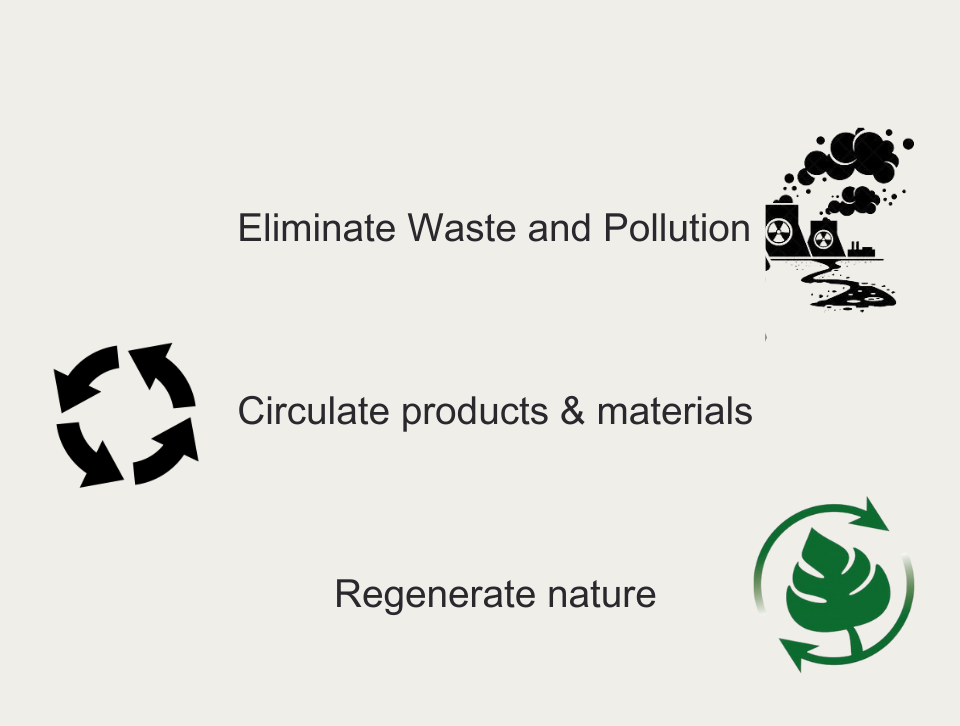
9 R’s of Circular Economy
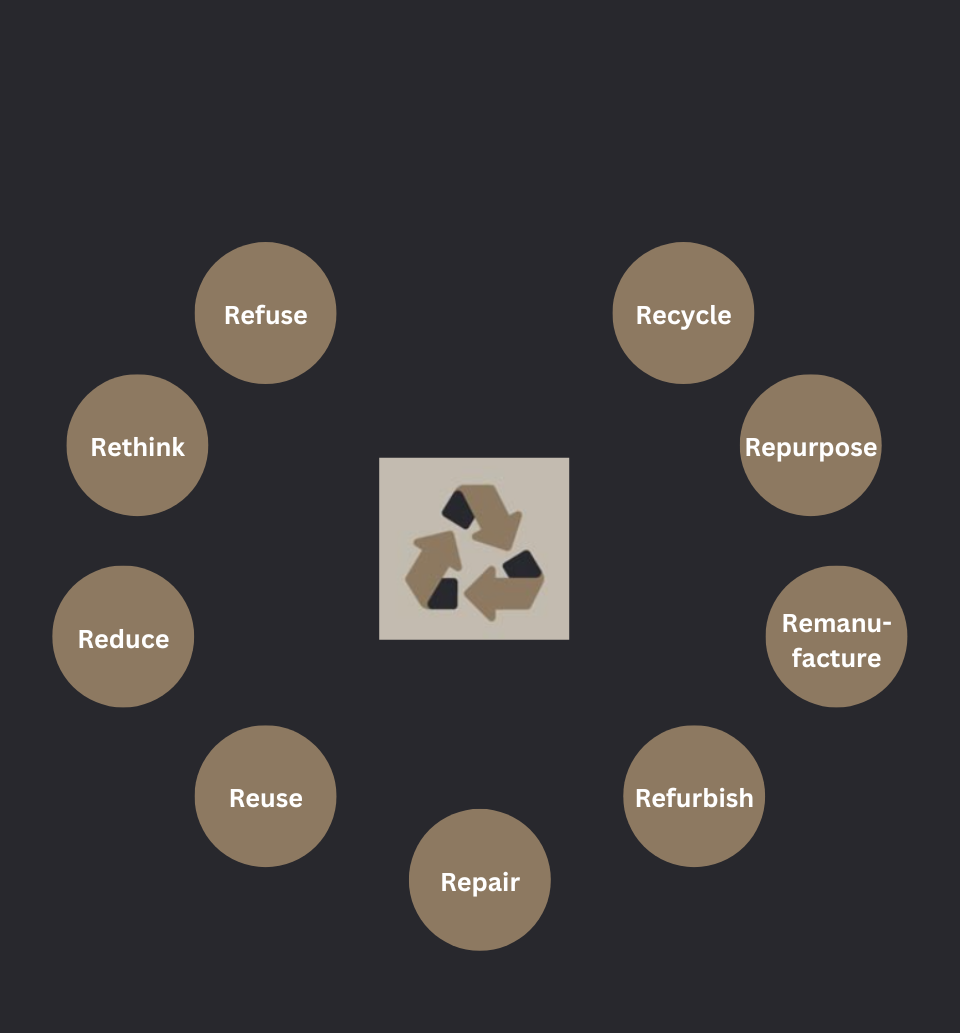
The circular economy is a concept that promotes sustainability and resource efficiency by focusing on reducing waste and maximizing the value of materials throughout their lifecycle. It aims to move away from the traditional linear model of take-make-dispose and instead emphasizes circularity, where products are designed to be reused, repaired, and recycled. The 9Rs are a set of strategies that guide the implementation of the circular economy principles in the textile and apparel industry.
R stands for Refuse, Rethink
1) Refuse – We consume more garments than we require. These garments end up lying in the wardrobe or rack hardly being used. This can be avoided by refusing to buy clothes that is not needed. Durable and sustainable clothes are to be bought with frequent wear in mind.
We thus provide low and flexible Moq so that you don't have to unnecessarily buy a large number of garments.
2) Rethink – We need to rethink ways to get the maximum use out of all the products before purchasing them. We can achieve this by donating, sharing etc.
We emphasise sharing stories of artisans' processes for your to explore before you make a conscious choice.
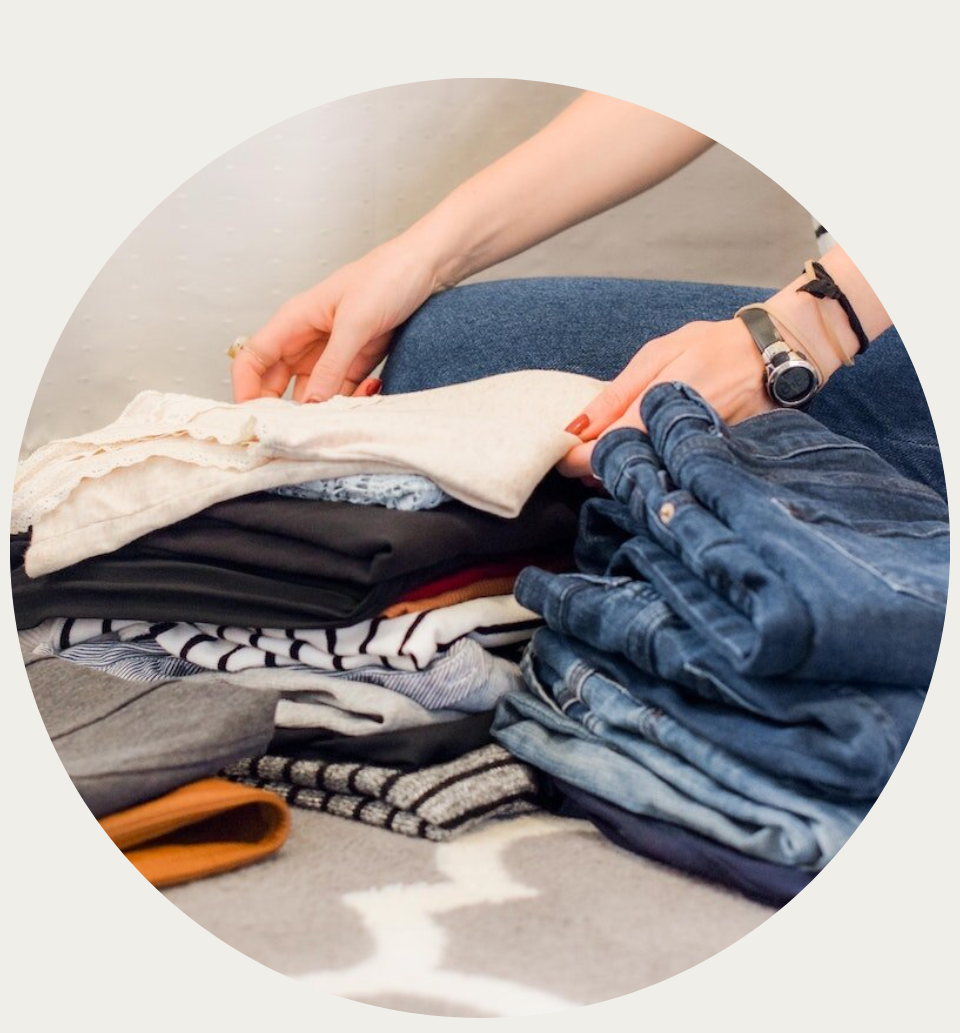
R stands for Reduce, Reuse
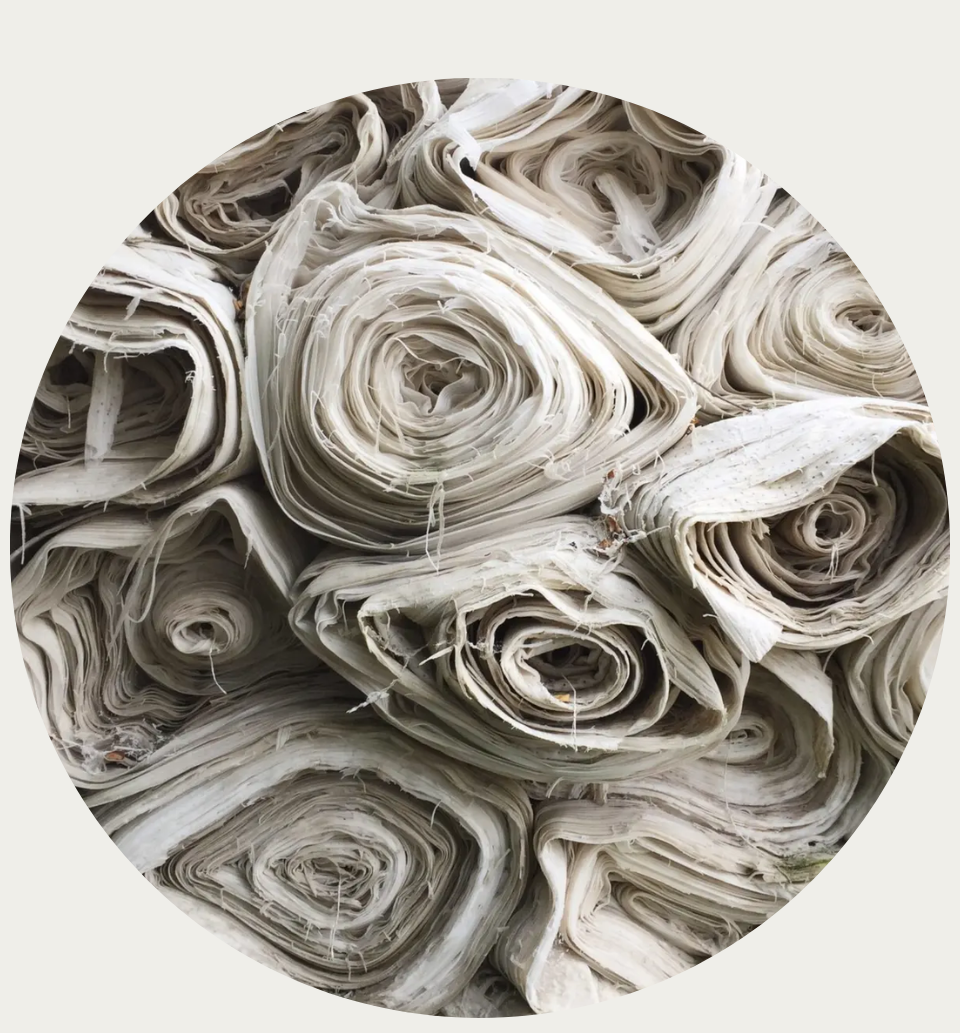
3) Reduce – Brands need to consume fewer natural resources and materials to increase their efficiency. They need to manufacture more efficient products and prioritize them to use.
4) Reuse – Products in good condition that are still capable of original function can be given out to new consumers. You can reuse your outfit by exchanging or swapping with friends or siblings. You can also consider purchasing clothes from thrift stores or consignment shops.
R stands for Repair, Refurbish
5) Repair – When any product gets damaged, we tend to purchase a new one because that seems easier to us. But what if instead of purchasing a new one, we just repaired the older one. Repairing is not as tedious as it may seem and it can be a way cheaper option.
6) Refurbish – The art of restoring an old product to make it functional again while restoring its original look is called refurbishing. Enhancing the refurbishment of products can decrease the need for new materials, resulting in a reduction in waste and carbon emissions.
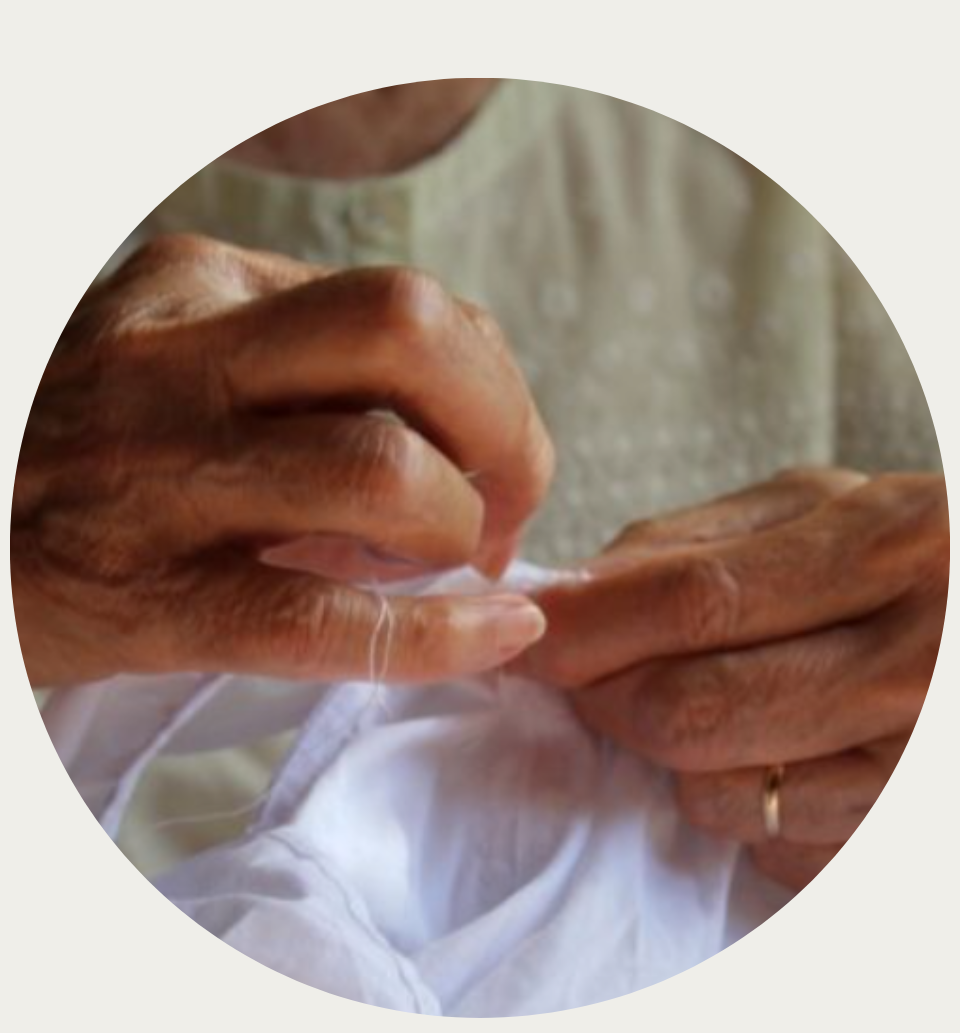
R stands for Remanufacture, Repurpose
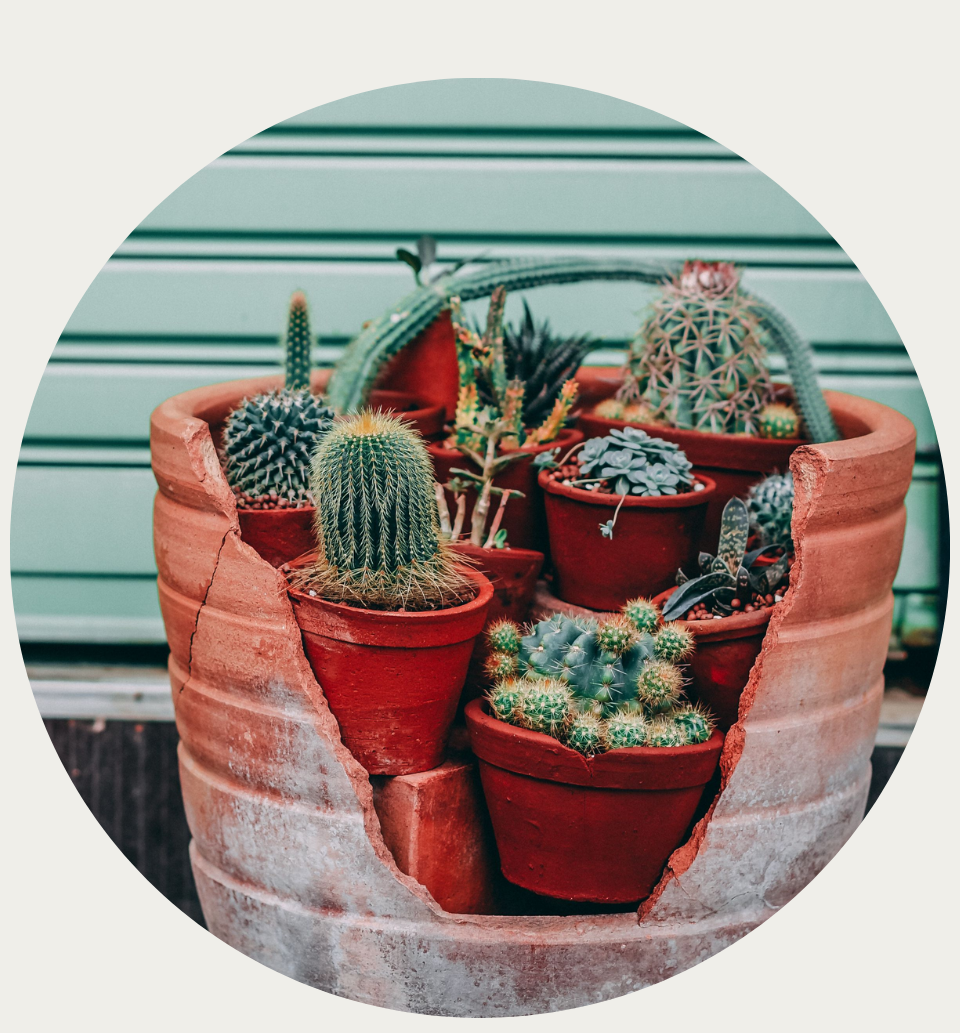
7) Remanufacture – Building a new product by using the good parts from discarded products is known as remanufacturing. This will help in reducing the exploitation of resources and make better use of “waste”.
8) Repurpose – Instead of discarding old items, we can choose to find a new purpose for them. We can repurpose a discarded product into a new one with a different function. We use our deadstock fabrics as packaging instead of discarding them.
R stands for Recycle
9) Recycle – it’s important to process material to obtain the same or lower-quality product. Almost everything that you use is recyclable when it comes to textile and clothing it’s nearly 100% recyclable. For example, the different crafts that can be made by recycling fabric from old garments and scraps.
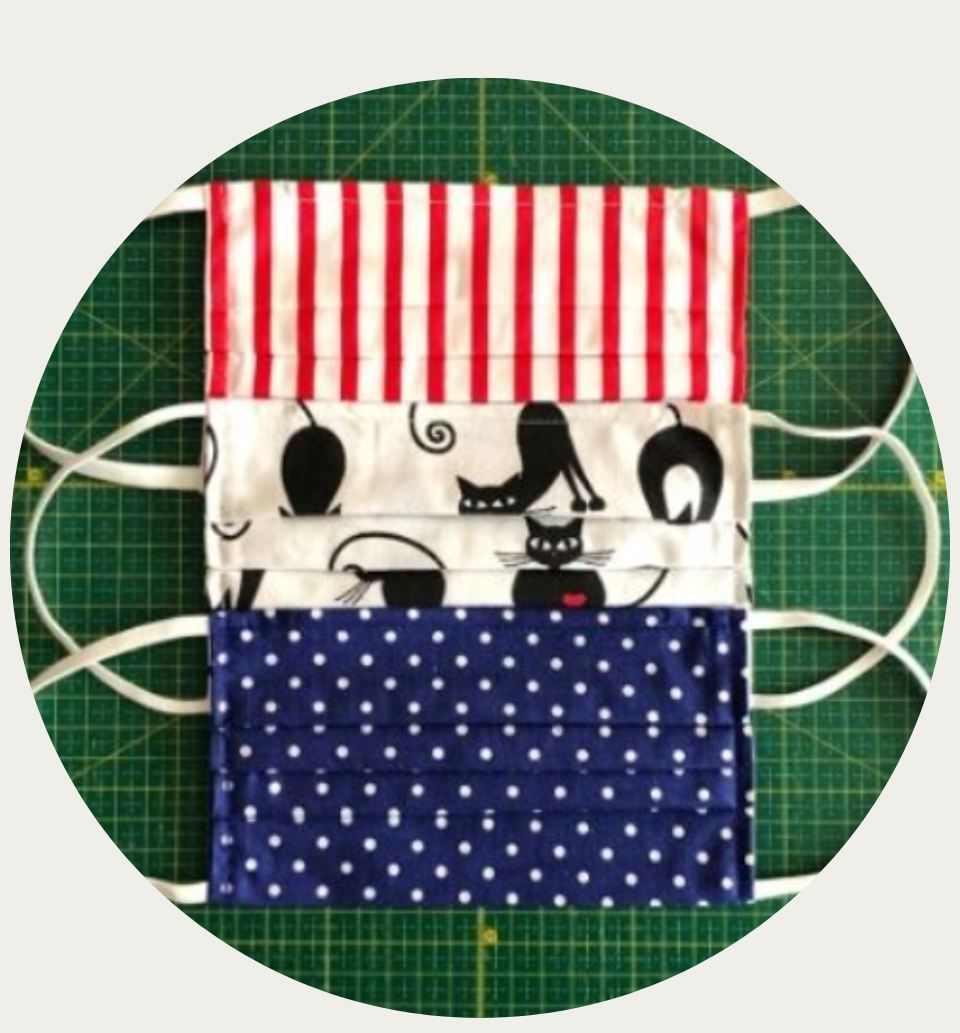
Summary
Consumers. today, have a better understanding of sustainability and are becoming more interested in moving towards a circular economy. However, sustainability alone is not enough to influence consumer purchasing behaviour. Increasing consumer awareness about long-term benefits is required. Information about how to quickly find choices for extending the life of a product, such as repairing it at the point of sale, and exchange services should be passed on to the customer.
related questions
What is circular economy?
arrow_drop_downCircular economy is an economic model aimed at minimizing waste and making the most of resources by keeping products, components, and materials in use for as long as possible. It involves reducing, reusing, repairing, and recycling materials and products to create a closed-loop system where resources are continually circulated rather than disposed of after a single use.
What is the aim of the circular economy?
arrow_drop_downThe aim of the circular economy is to minimize waste and make the most of resources by keeping products, components, and materials in use for as long as possible. It seeks to create a closed-loop system where resources are continually circulated through processes such as reducing, reusing, repairing, and recycling.
What are the examples of circular economy?
arrow_drop_downExamples of circular economy include product design for durability and recyclability, resource recovery through recycling and composting, sharing platforms for collaborative consumption, remanufacturing of products, waste-to-energy initiatives, industrial symbiosis, and the use of bio-based materials.
What are targets for a circular economy?
arrow_drop_downTargets for a circular economy include waste reduction, increased recycling rates, extended product lifespan, improved resource efficiency, renewable energy use, circular procurement, and eco-design principles.
More Blogs
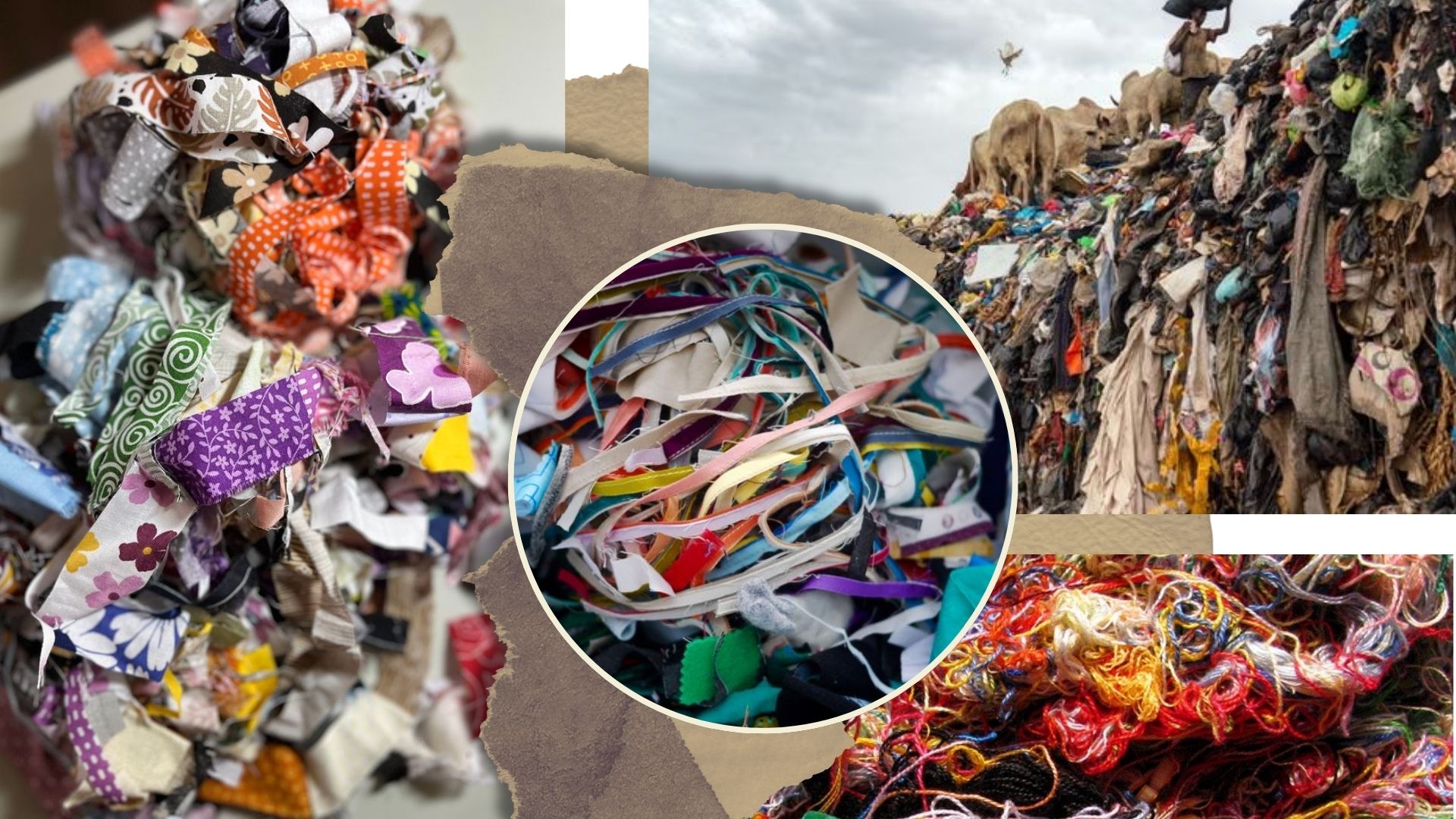
the scrap fabric solution, from clutter to creation
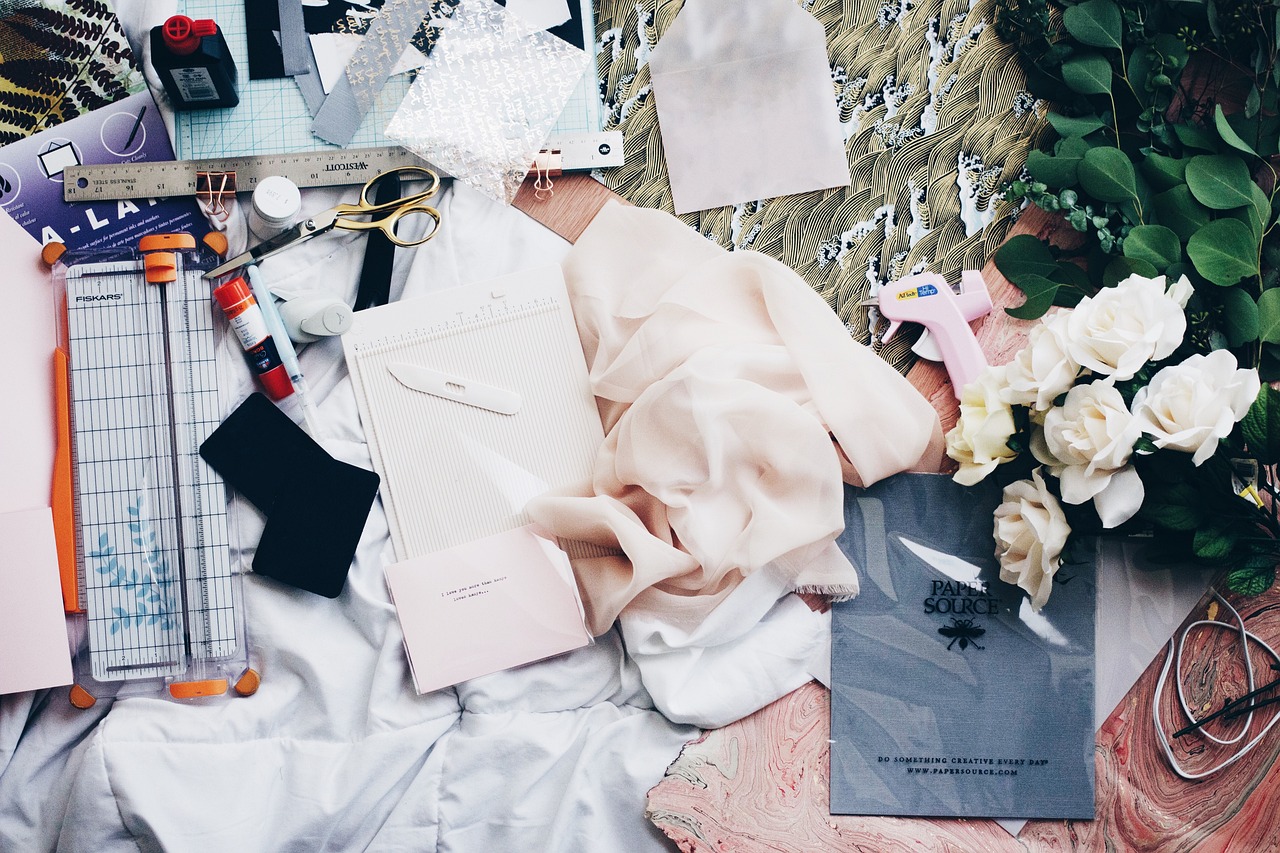
the art of sustainable recyclability
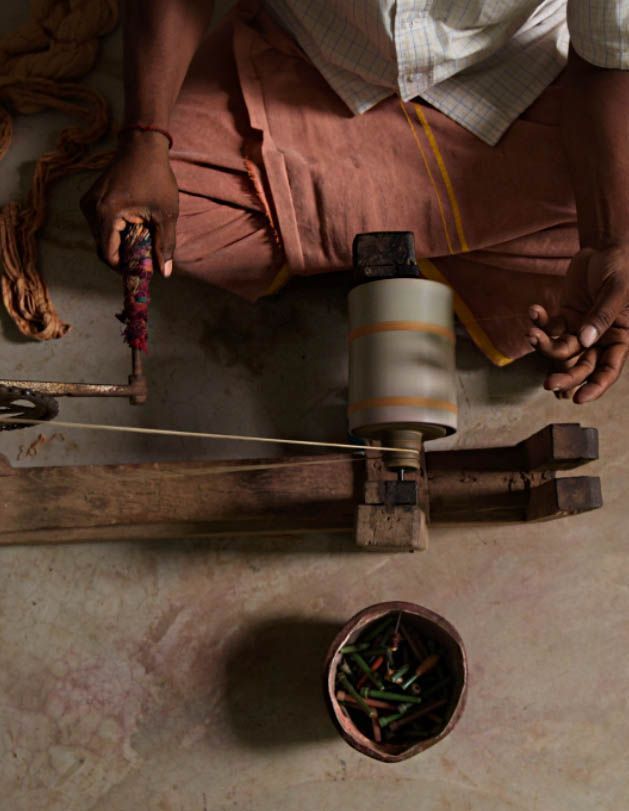
indian handloom in contemporary world
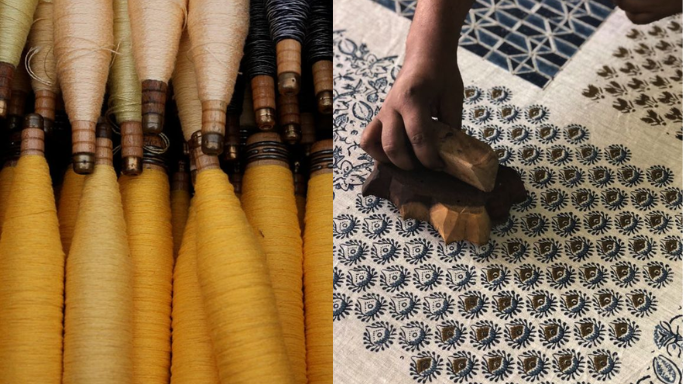
sustainability through handloom manufacturing
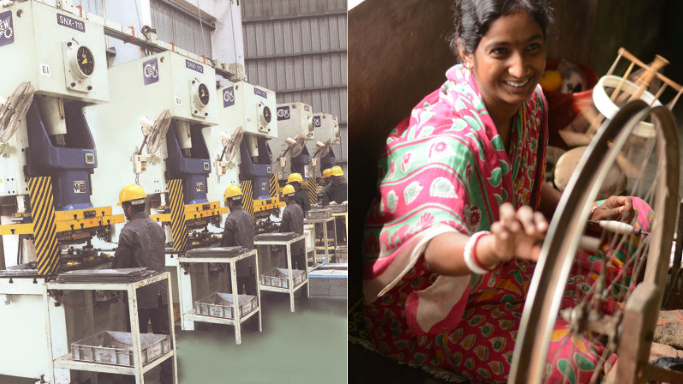
how to identify handloom fabrics in a powerloom world
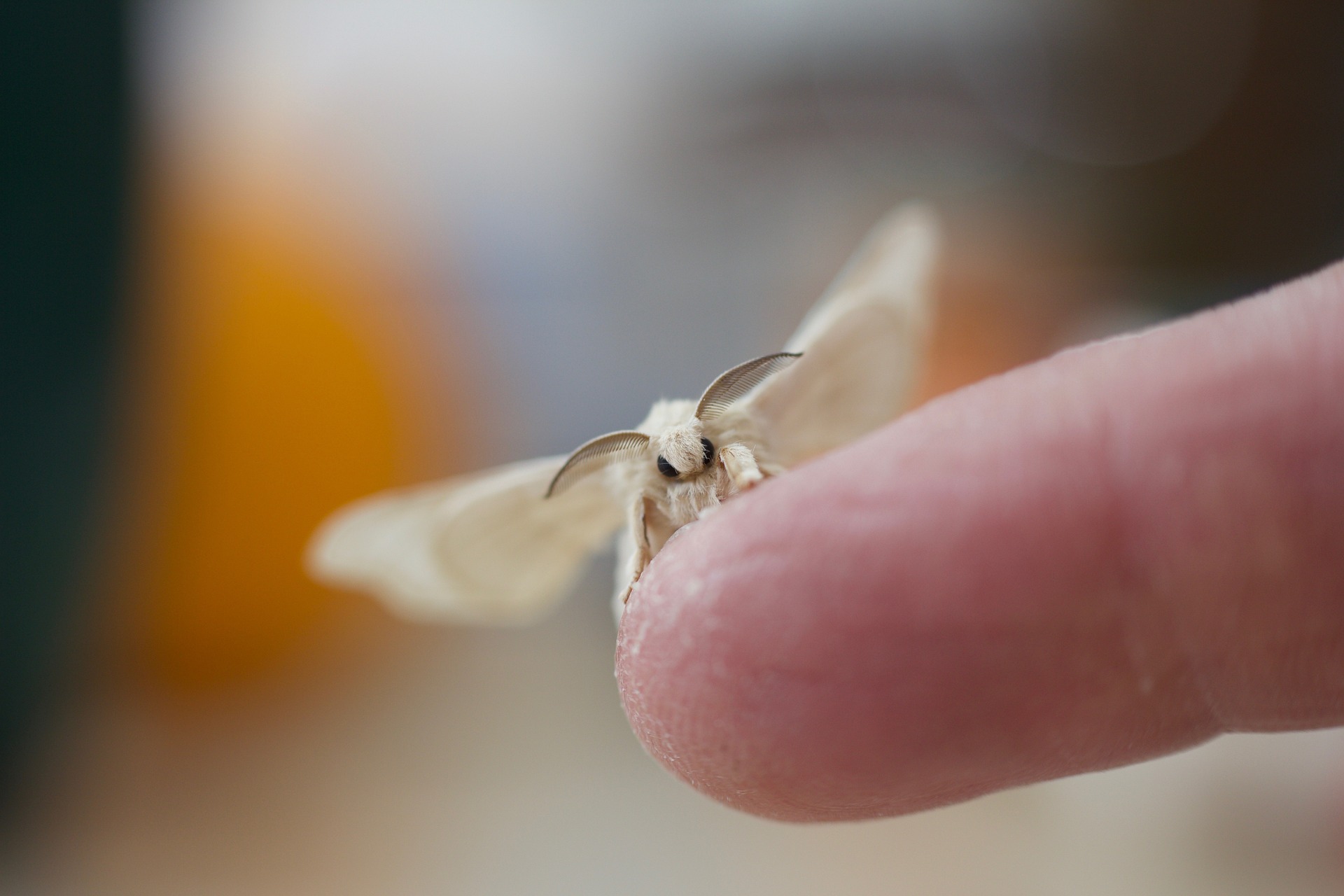
ketia silk - a peace lover






